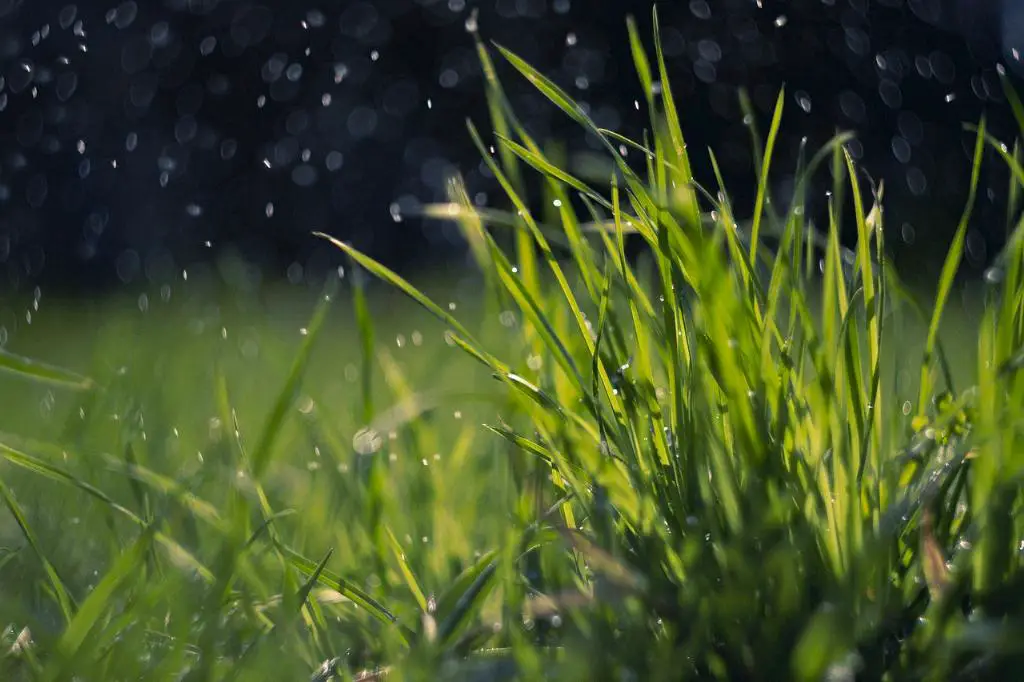Scarifying lawn is an important process in lawn care that involves the removal of dead thatch, which is the layer of brown material that builds up beneath the lush green blades of grass. While a small amount of thatch can be beneficial for the lawn by providing insulation and protection, an excessive accumulation can lead to a range of issues that hinder the health and growth of the grass.
Thatch buildup can obstruct the penetration of water, air, and nutrients to the grass roots, thereby impeding proper growth and development. Additionally, a thick layer of thatch can create a favorable environment for moss growth, which further competes with the grass for vital resources.
By scarifying the lawn, you essentially rake or mechanically remove the thatch layer, allowing the grass to breathe and receive the essential elements it needs to thrive. This process also helps to promote a healthier root system as it encourages the grass to establish deeper roots for better anchorage and nutrient absorption.
Scarifying is typically recommended as part of regular lawn maintenance to prevent thatch buildup and maintain a healthy turf. The frequency of scarifying depends on various factors such as grass type, climate, and soil condition, but it is generally advisable to scarify at least once a year to keep your lawn in optimal condition.
When scarifying your lawn, it is essential to choose the right time of year to carry out the procedure. Spring and autumn are considered the best seasons for scarification, as the grass is actively growing and can recover more effectively from the process.
Before scarifying, it is important to mow the grass to a lower height than usual to allow for better access to the thatch layer. You can then use a manual scarifying rake or a mechanical scarifier to remove the thatch, ensuring to work in a systematic pattern to cover the entire lawn area evenly.
After scarifying, it is common to notice some damage to the grass, as the process can be quite intense on the turf. However, this damage is temporary, and the grass will quickly recover and start to regrow vigorously with the improved access to nutrients and air.
It is essential to follow up scarification with proper lawn care practices such as watering, fertilizing, and overseeding to further enhance the health and appearance of your lawn. Regular maintenance and attention to the needs of your grass will go a long way in maintaining a lush, green lawn that you can enjoy throughout the year.
In conclusion, scarifying lawn is a vital process in maintaining a healthy and vibrant turf by removing excess thatch that can hinder growth and lead to various issues. By incorporating scarification into your lawn care routine, you can promote better grass health, root development, and overall resilience against common lawn problems.

